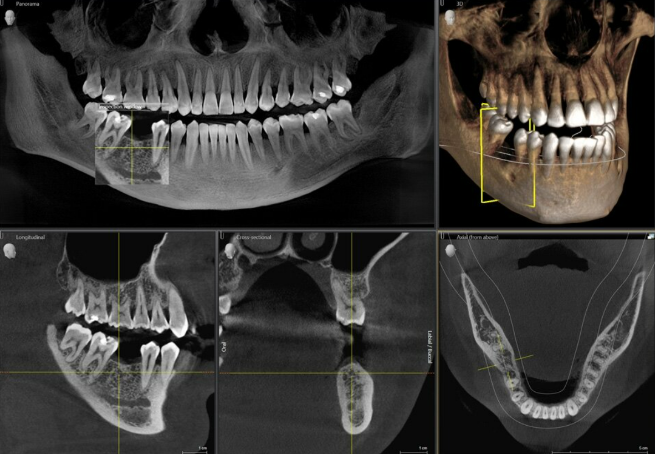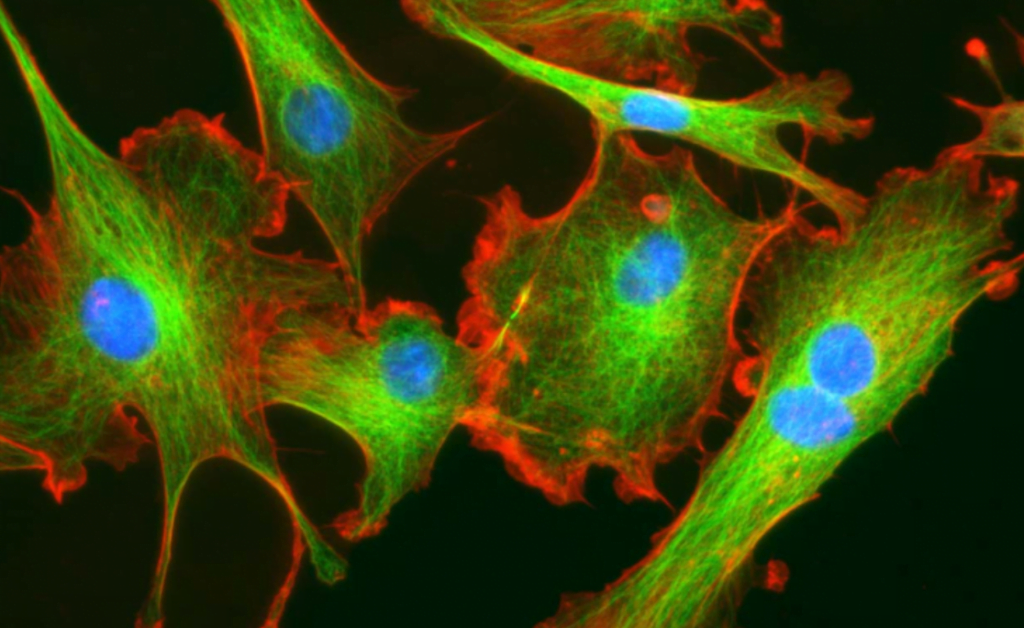How artificial intelligence is changing dental treatment capabilities
Dear Colleagues,
Artificial Intelligence (AI) is rapidly transforming all areas of medicine, and dentistry is no exception. Today, we want to discuss how AI makes patient care easier and faster, particularly in the development of personalized dentures.
Using AI to create personalized dentures
In most cases, it is easier and cheaper to use standard root implants. However, situations with significant bone deficiency, which cannot be resolved by guided bone regeneration, are not uncommon. There are clinical cases where the restoration of the dentition is carried out in conjunction with an operation by a maxillofacial surgeon. For such cases, individual subperiosteal implants or completely non-standard designs are made. AI does not replace human specialists but helps improve most stages of creating dentures. Here are some key benefits of using AI:
- Scanning and Data Analysis: With the help of AI, dentists can process CBCT data faster and more accurately, creating a more precise 3D file of the patient’s teeth and jaws based on a series of CT images. Often, micro-movements of the patient or the presence of metal in the mouth lead to some images being blurry, and metal elements “shine” and make it difficult to see the details next to the metal crown. Using neural networks, you can significantly improve the image in problem areas, cut off image artifacts, and get a more reliable image as a result. Convolutional Neural Networks (CNN) are most often used for analyzing medical images.
- Design Automation: Special AI-based programs can automatically create models of prostheses, taking into account the unique anatomical features of each patient.
- Accelerating Production: AI helps optimize the production processes of restoration parts on 3D printers and CNC milling machines. The role of AI is especially useful at the stage of quality control and manufacturing accuracy. Thanks to neural networks, the overall time is reduced, shortening the time from scanning to the finished prosthesis.
Examples of using AI to improve diagnosis and treatment of teeth and gums
AI is actively being used to enhance diagnostic accuracy and treatment effectiveness. Here are some examples:
- Diagnosis of Oral Diseases: AI analyzes X-rays and images using machine learning, helping to detect contact caries, periodontitis and other diseases in the early stages. The neural network quickly navigates and notices the first signs of the disease earlier than a human could. Moreover, when working with AI, errors associated with fatigue, distraction, etc. are eliminated.
- Innovative Medical Equipment: One of the latest innovations in this area is a voice-controlled dental chair. A model is already available that runs on an Arduino processor, which converts voice commands into software code, triggering the movement of the chair. Bluetooth technology is used for data transfer. Some developers claim that dentists will soon no longer need assistants, as a chair equipped with “arms” and sensors that monitor basic vital signs can replace several assistants.
- Implant Planning: AI uses patient data to create personalized implant plans, considering the optimal placement and angle of implant insertion. When operations are performed with the help of surgical robots, trauma to soft tissues can be minimized, speeding up the healing process and reducing postoperative pain.
- Bioprinting of Tissues: This is one of the most “creative” uses of AI. Bioprinting involves creating three-dimensional models based on cells, allowing for the reproduction of living tissues or even entire organs in successive thin layers of cells. In dentistry, bioprinting is used to reconstruct oral tissue, although this area is still in the development and testing stages.
Applications of AI in dentistry
| Application | Advantages | Examples of technologies |
| Prosthetics | Precision, customization, speed | 3D scanners, CAD/CAM systems |
| Diagnostics | Early diagnosis, better accuracy | Image analysis using machine learning |
| Treatment planning | Individualized treatment plans, optimization of procedures | Implant planning software |
| Predicting outcomes | Increasing the effectiveness of treatment, choosing the best methods | AI-powered predictive models |
Conclusion
AI is opening up new horizons in dentistry, making personalized prosthetics and treatments more precise and effective. Don’t miss the opportunity to incorporate these innovations into your practice to provide the highest level of care to your patients!
Stay up to date with the latest news and trends to always stay one step ahead!










